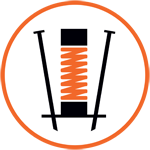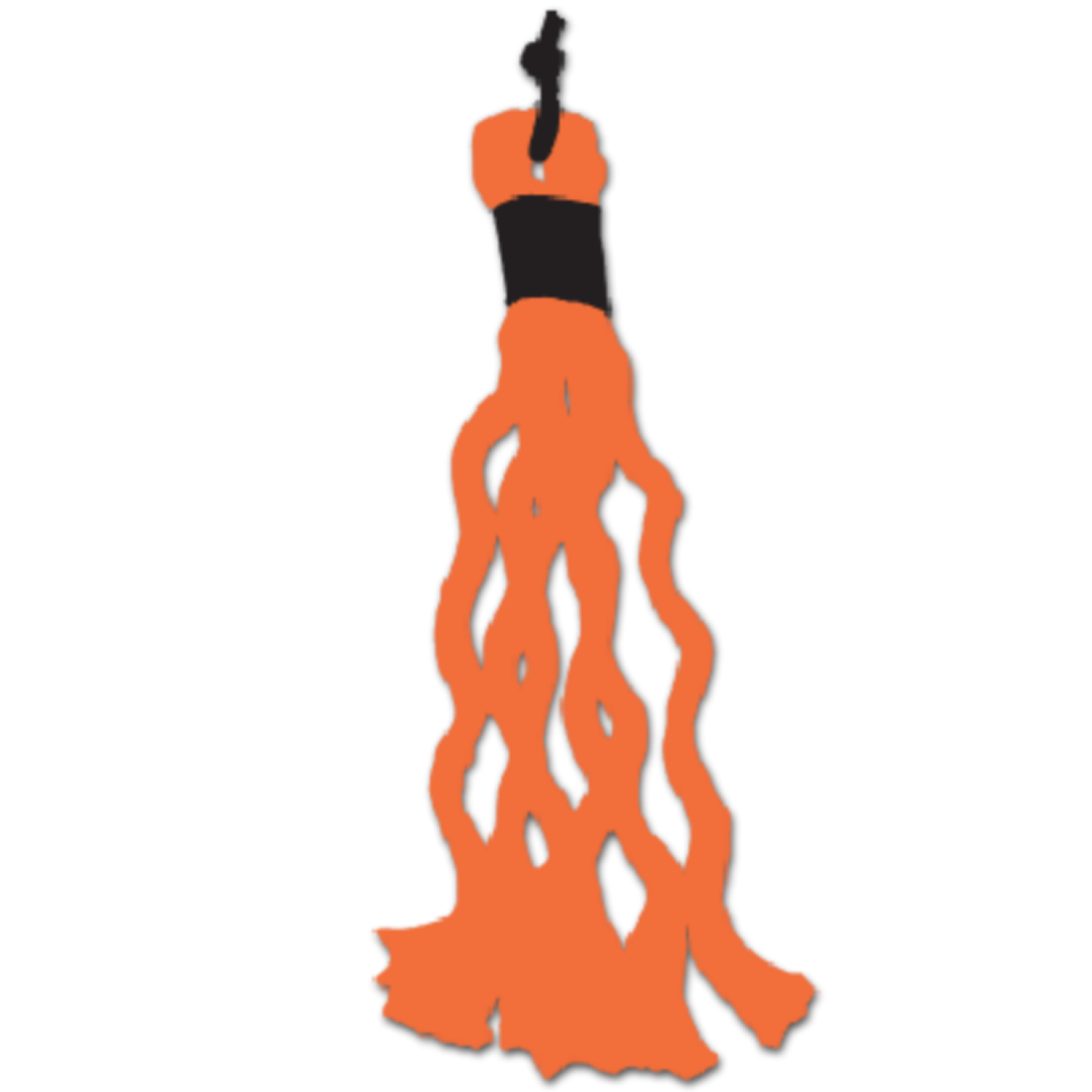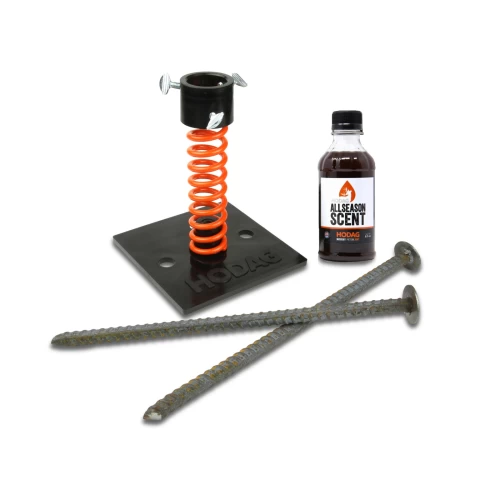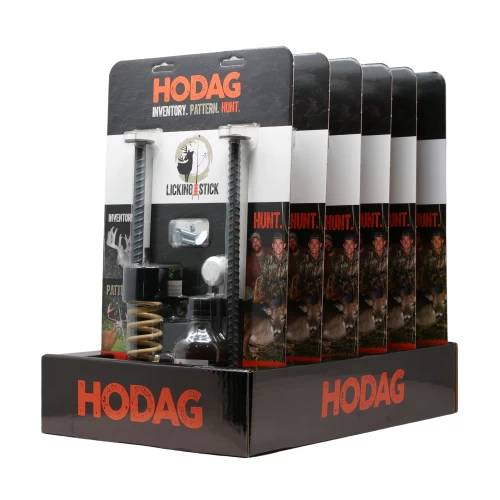

How To Use The Licking Stick

Choosing A Location
Our favorite areas to put HODAG Licking Sticks are food plots, however, other open areas, logging roads, field edges, & deer trails are all great options too. We DO NOT recommend placing your licking stick near a bait or mineral site.
When creating a mock scrape with a HODAG Licking Stick think about your goals for your setup. If you're using it as a whitetail hunting aid, place your licking stick where you would like a deer to stop for a shot from your deer stand. If your goal is to inventory your herd, place your licking stick in a heavily traveled area in front of a trail camera.
Watch the full installation video
Each location is somewhat unique. This video demonstrates how to set up your Licking Stick in a very common scenario, but feel free to experiment based on your surroundings.
Watch VideoStep 1:
Anchoring & Bedding Your FlexPlate™
Once you have your location selected, scrape down a few inches below topsoil to ensure a solid ground base for anchoring your FlexPlate, similar to bedding a trap. Be sure to level the FlexPlate the best you can from the start as this will help greatly when balancing your stick. Drive the stakes in firmly that it flexes the plate into the ground. This step is important, as it will ensure the FlexPlate is bedded and anchored firmly into the ground and can handle the abuse of even the most aggressive whitetail bucks.
Step 2:
Choosing a Sapling or Branch
Pick out a sapling/branch that is smaller than the inside diameter of the spring. We have seen the best results with sticks that are 4-5 feet tall. Experiment with different types of trees in your area to see what gets the most interaction from deer. Cut your sapling/branch and insert into the top of the spring. Use the 3 thumbscrews to tighten your branch to the base. Remember, you are simulating and activating a licking stick, not a Rub Post or Scrape Tree. Bigger is not better when it comes to a licking stick found in the wild. If the spring on your licking stick is bending it is because your stick needs to be trimmed down more.
Step 3:
Scenting The Tree
Use the dripper cap to apply AllSeason™ Scent to the main "stem" and any leaves and branches. This will help attract the deer to interact with the stick, leaving their own scent. This is what helps get your licking stick started. Be sure to cover all areas of the stick.




Quick Tip #1
Placing Your Trail Camera
If using the HODAG Licking Stick in combination with a trail camera, place the camera 15'-30' from the setup for best results. We encourage our customers to use video settings on their cameras as the amount of information you get from video far outweighs pictures. We would love to see your deer pictures and videos, feel free to share with us!
Quick Tip #2
Balancing Your Licking Stick
A HODAG Licking Stick is most effective when your stick is balanced, not leaning over too much in any direction. Using a sapling is the easiest as it naturally does this on its own while it grows. Bigger isn't better when it comes to licking sticks. Your final licking stick should only have a few small branches with leaves providing surface area for your scent. Leaving too many branches and leaves on your setup will make it difficult to balance and prone to false pictures.
Quick Tip #3
Refreshing Your Licking Stick
Once deer start using the Licking Stick they will provide their own glandular scent to your stick. From time to time, reapply AllSeason™ Scent to your sapling to keep the deer interest high.
Not Getting Interaction?
We always encourage our customers to experiment with their setups, if you're not seeing the amount of interaction you're looking for, change the location, experiment with the type of stick, and put a fresh coating of AllSeason™ Scent on.





